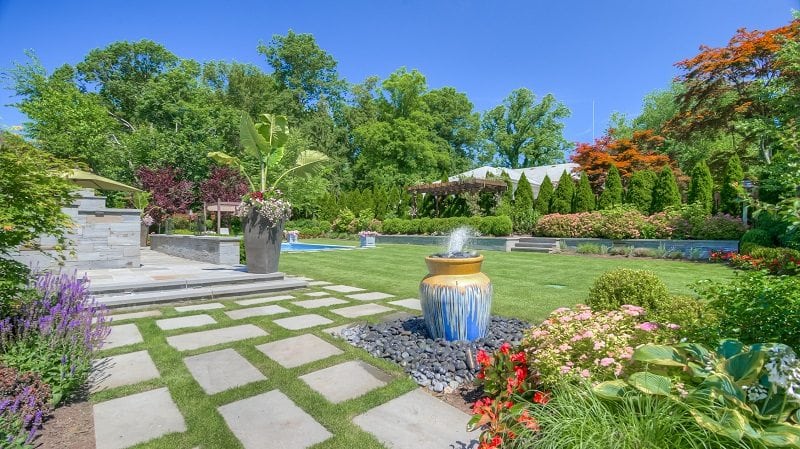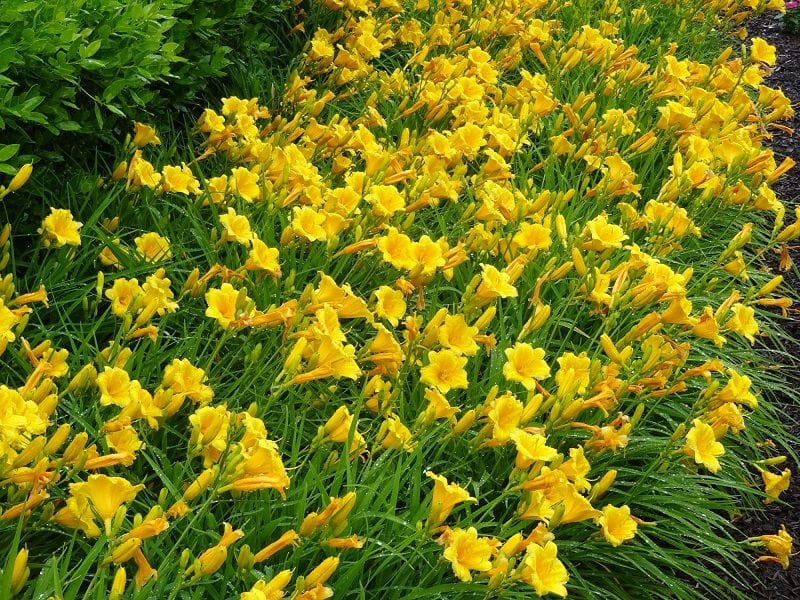So, you’re considering adding color to your landscape, but you’re not sure how to start. It may seem overwhelming to think about the endless varieties of plants you can choose from however, with these simple tips you can make your landscape stand apart from the rest.
Understand How Colors are Perceived
Did you know that colors can make us perceive certain emotions? This publication from the University of Georgia states that “Colors can be described as cool or warm. Green and blue are cool colors. They are usually associated with the water, sky and forest and they evoke relaxed and calm feelings. Red, orange and yellow are warm colors often associated with heat, fire and the sun.” Think about what you want your landscape to evoke. Whether its curb appeal or your quiet place to relax and entertain, choose plants that convey the inviting, whimsical, and/or relaxed message you desire.
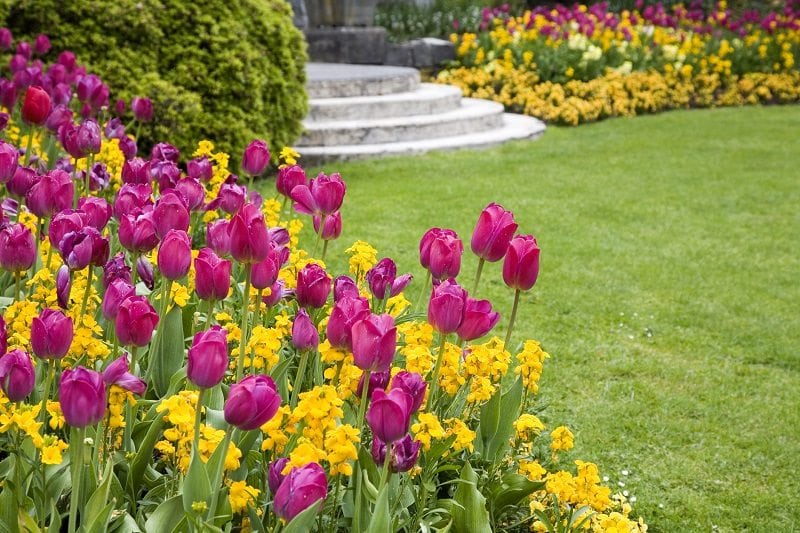
Change with the Seasons
Classic seasonal plants, such as Tulips or Chrysanthemums, are a fantastic addition to any landscape because they bring a variety of color with little maintenance. Knowing about the different plants that will blossom during each season will help you make landscape design choices that are right for you. For example, a fiery Daylily is perfect for the warm summer, while Hellebore provides a cool but flowery touch during winter.
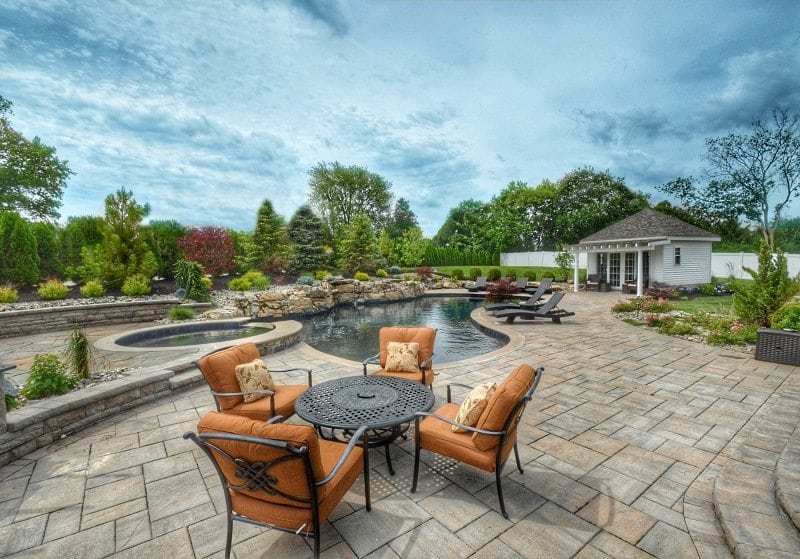
The More the Merrier
Making different hues of the same color, even green, burst from your landscape is simple. Start by arranging plants in the same color family together then create rows of identical plants for consistency throughout. This method will allow your eyes to distinguish between the many variations in color even from a distance. For a blended effect…allow for some variety!
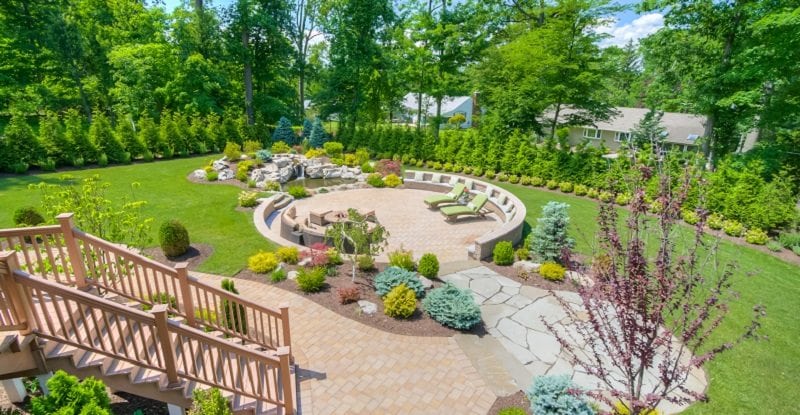
Look at All Your Options
There are so many beautiful flowers to choose from, it’s easy to get tunnel vision when adding color to your landscape. However, don’t forget about other types of plants. Many trees and shrubs can add unique shades to your landscape throughout the year. Trees and shrubs are heartier more substantial than most flowers which means they have a greater potential to stay green longer and provide blooms during winter months.

